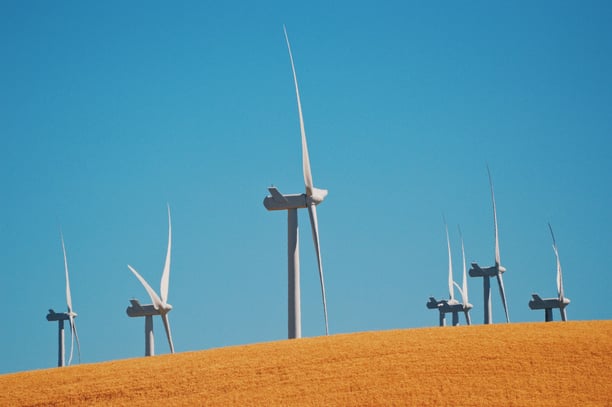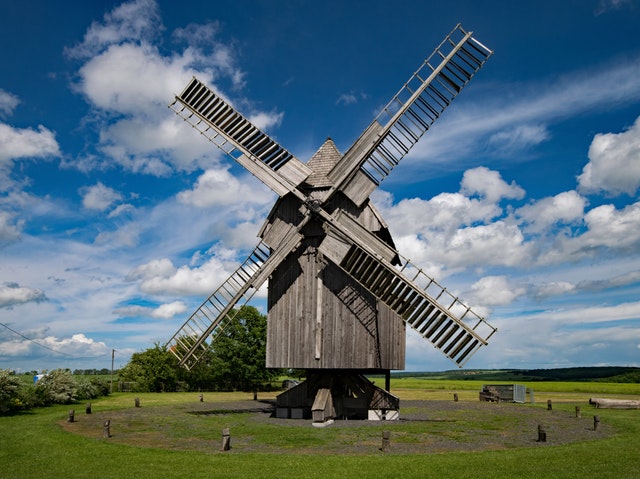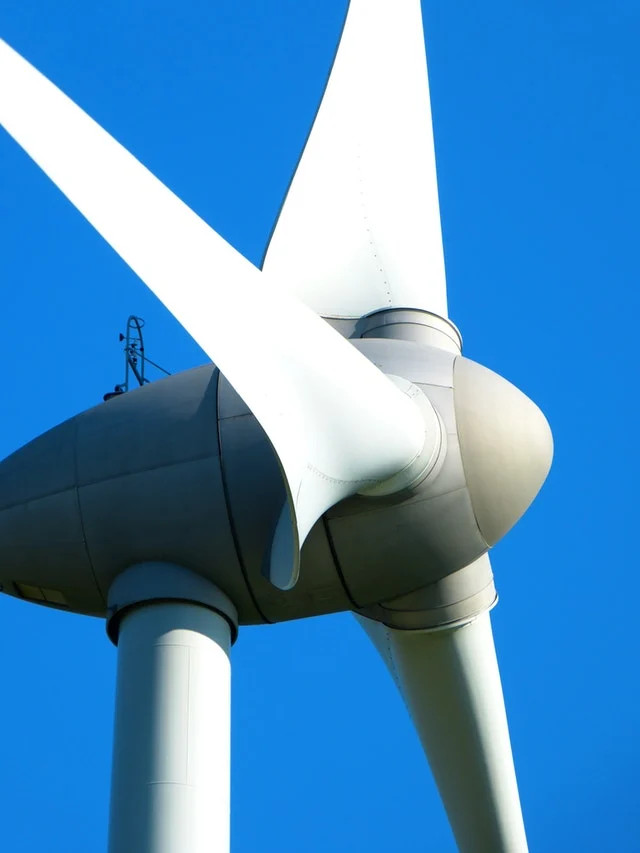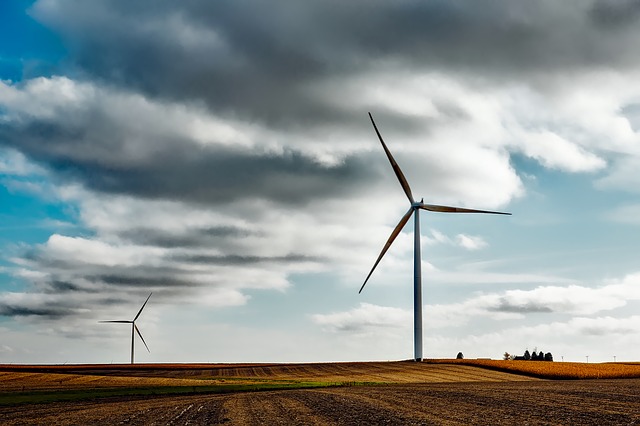Keeping Wind Turbine Systems Up To Speed With Historical Monitoring

There was a time not long ago when wind turbine system condition monitoring consisted of someone driving around the towers, truck windows down, listening for sounds of trouble. Other operators might have someone open the doors to check a gauge or even had somebody go up-tower to grab a sample of gearbox oil. Historical monitoring wasn't a consideration -- and it wouldn't be for a while.
Let’s look at how far we’ve come and how history plays a huge part in today’s cutting-edge monitoring techniques.
The Evolution of Wind Systems to Turbine Condition Monitoring
Along Came SCADA
After a time, many wind farms joined other industries in relying on supervisory control and data acquisition (SCADA) systems to stay at peak efficiency and to control maintenance and repair downtime. The system collects, distributes, and displays data that technicians then analyze to decide what needs to be done to keep the turbines turning the way they should.
In slightly more technical terms, a SCADA system can help control processes on-site or remotely. Through human-machine interface software, operators are put in direct communication with:
- Motors
- Sensors
- Valves
- Other important equipment
It’s a far cry from a pair of ears or a vial of oil.
And Then It Was CMS
Some wind farm operators still stick with the older monitoring methods. But others have turned to condition monitoring systems (CMS) in addition to SCADA. Preferred CMS methods include vibration monitoring and automated oil-particulate systems.
Vibration monitoring is rather expensive but provides real-time data that can pinpoint potentially costly problems. Automated oil-particulate systems actually count pieces of metal in the lubricating fluid to determine whether the numbers are getting too high.
Complementing SCADA with CMS offers a much richer set of data. SCADA provides low-frequency data, such as vibration and signals from temperature and voltage sensors, and it can show minimum, maximum, and standard deviations.
CMS adds the capability of collecting high-frequency data. It uses sensors to keep tabs on turbine systems in almost real-time, including:
- Strain gauges
- Oil particle counters
- Accelerometers
This ability makes possible a record that is far closer to a movie than a photo album. The added information simply creates a more accurate and, therefore, more valuable picture.
Why Just SCADA Plus CMS Is Not Enough
The trend in wind energy systems appears to be toward predictive monitoring. The easiest way to predict future behavior? Opening the history books.
No one can predict with any precision how a hurricane will behave without looking carefully at the data from past storms. The same is true of wind turbines.
This is why historical monitoring is so important and why the richness of the data is crucial. Only recently has CMS technology achieved the ability to make the best use of the data -- in the form of advanced pitch actuators.
Why Invest in Advanced Pitch Actuators?
So what is a pitch actuator? In a wind turbine, the pitch actuator system is part of the overall pitch control system. It’s important because when the control system makes pitch angle demands, it does so through the actuator. The actuator subsystem includes all kinds of “vital organs,” such as the motor and motor-running hardware.
Today’s top-pitch actuators are really good at generating useful data. The problem is they’re too good at it, at least for SCADA. These pitch actuators churn out so much useful data that SCADA gets overwhelmed.
Consider the large amount of data that an individual turbine is generating, among 2-100 turbines per field. It’s not hard to believe that high-resolution data would slow down the system.
SCADA is accustomed to seeing what’s happening every 10 minutes. Processing the huge amount of continuous (within 1 second) data the pitch actuator provides is just not practical for the network.
Fortunately, advanced pitch actuator systems perform condition-based historical monitoring. In other words, they’ve become wiser than their predecessors. They can now compile historical data concerning the actuator, including:
- Lifetime average speed
- Lifetime average torque
- Highest torque ever experienced
- And more!
Best in Class
Windurance has been ahead of the curve for a long time in terms of collecting data. Wind turbine systems now have a way to receive that info in the main turbine controller. But even with a high bandwidth, your SCADA not be able to handle all of that data at once in real time.
That’s why Windurance products possess statistical historical data processing within the actuator itself. Through the main turbine controller, service life condition data can be accessed from the SCADA system remotely.
This allows you to get all the data about current conditions you could ever need in real time. By accessing this historical data, turbine operators can detect patterns and put their analyses to work to boost turbine performance and reduce maintenance costs.
Predicting the Future
Wind turbines will always need maintenance and repair. But knowing what will need repairing and maintaining -- and when -- can smooth out your operations and extend the lifetime of your turbine parts. That’s part of the value of historical turbine condition monitoring: It’s money in the bank.
The intelligence and memory processor capabilities of an advanced pitch actuator provide the ability to answer questions like:
- When do I need to replace a certain blade?
- Should I run my system at 2.2W instead of 2.5W to slow turbine life deterioration?
- How many hours has this turbine operated at a particular torque level?
With the right pitch actuator, answers to these questions and many others are available on demand -- ensuring the highest level of performance from your wind turbine system. Better performance means greater efficiency, which means better use of your dollars!
Have questions about our services? Contact us today:




